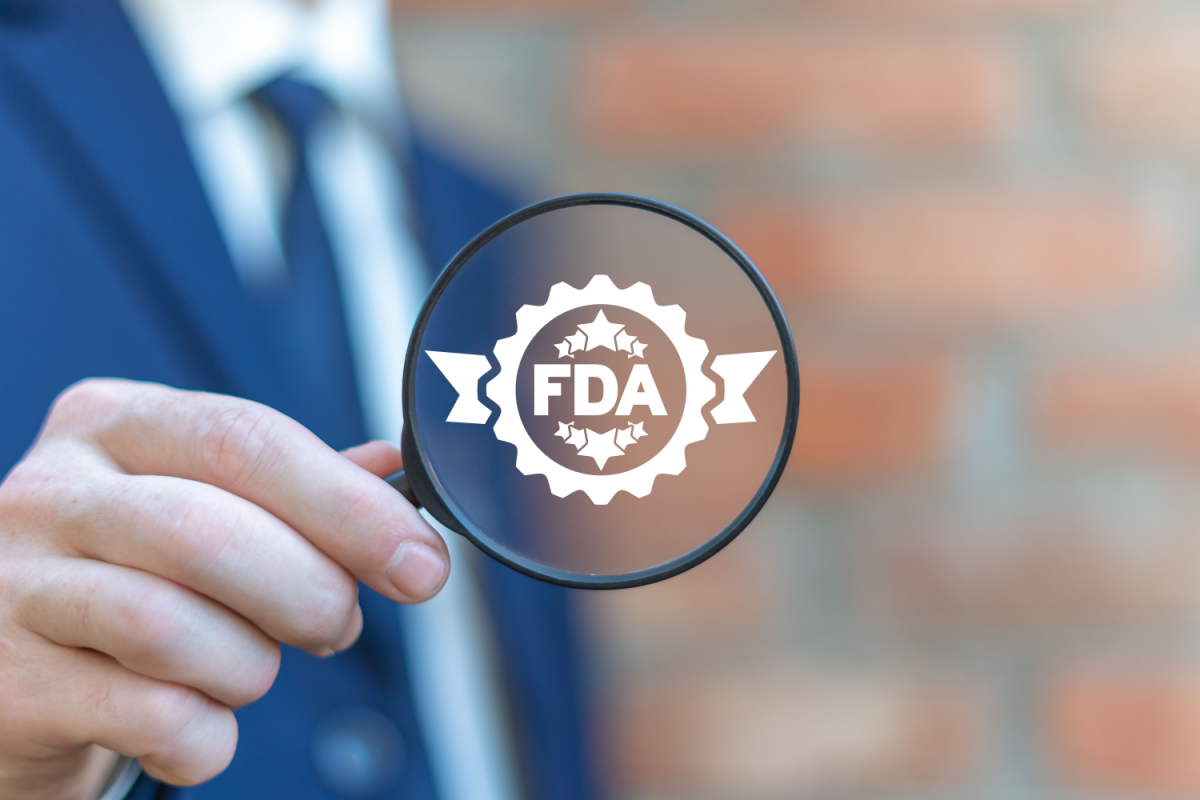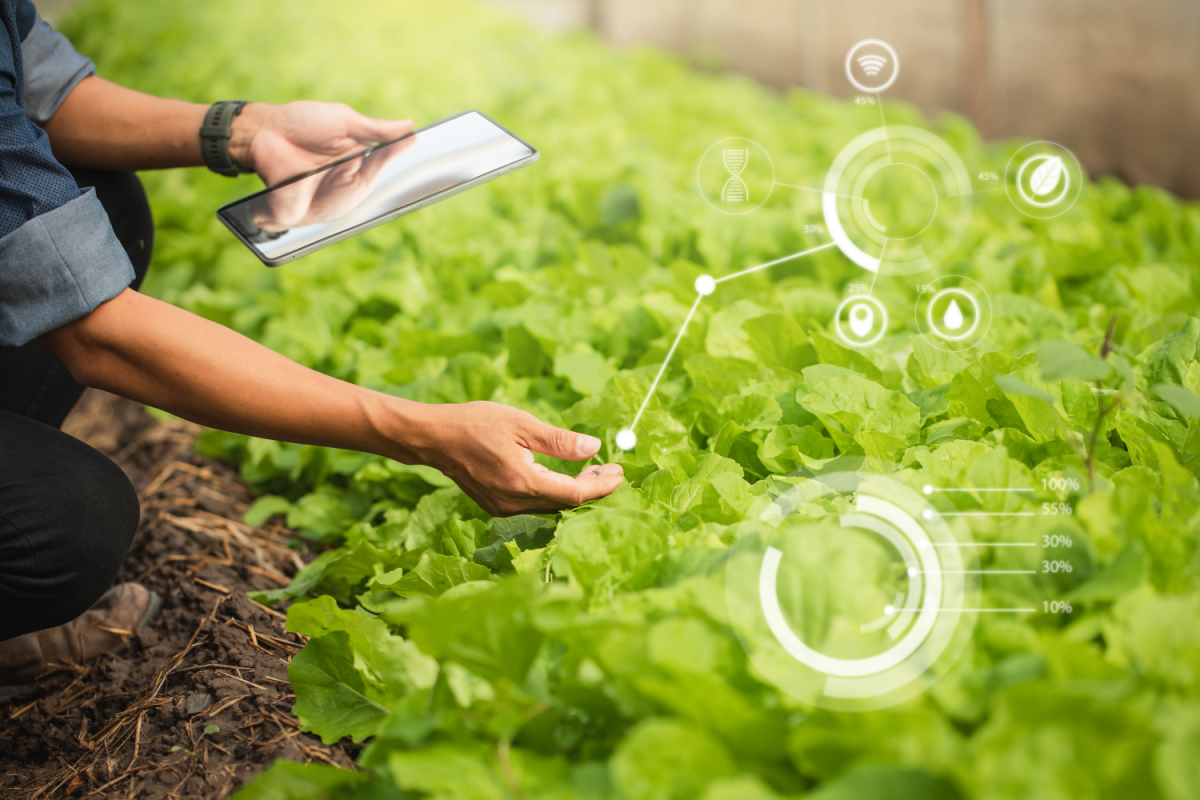Considering the fact that consumers are now looking for healthier food and beverage options, it’s no surprise that sugary beverage sales are on a downward slope. However, the largest beverage companies in the world are not going to throw in the towel when their iconic soda beverages lose popularity. This is why beverage giant PepsiCo has been pushing their product portfolio into the health food space and their $3.2 billion acquisition of SodaStream is another step towards this initiative.
On Monday, PepsiCo officially announced their acquisition agreement with SodaStream International Ltd. PepsiCo is now set to acquire the sparkling beverage machine maker for $144.00 per share in cash, which is a 32 percent premium to SodaStream’s 30-day volume weighted average price. After the acquisition, SodaStream will still be run as an independent division with the current management team still intact.
According to PepsiCo, this acquisition is part of their Performance with Purpose initiative. The company announced this initiative in 2006 as an effort to expand their product portfolio while reducing their environmental impact and helping people in need.
“SodaStream is highly complementary and incremental to our business, adding to our growing water portfolio while catalyzing our ability to offer personalized in-home beverage solutions around the world,” said Ramon Laguarta, CEO-Elect and President, PepsiCo. “From breakthrough innovations like Drinkfinity to beverage dispensing technologies like Spire for foodservice and Aquafina water stations for workplaces and colleges, PepsiCo is finding new ways to reach consumers beyond the bottle, and today’s announcement is fully in line with that strategy.”
This deal comes after SodaStream announced that their 2018 first quarter was the “most successful quarter” they’ve had yet. In fact, SodaStream has been experiencing double-digit revenue growth for the past nine consecutive quarters. This makes it no surprise that one of the leading beverage companies in the world wants some of their profits.
However, SodaStream did experience a rough start when it was initially introduced to the market as a soda alternative. The SodaStream machine, which carbonates water to produce any sparkling beverage, was originally marketed as an at-home pop maker with refill flavors such as cola, cream soda, black cherry cola and ginger ale. However, when their sales started to fall from their peak in 2013, the company decided to make a strategic shift in their product portfolio to become a sparkling water brand. In fact, the company’s CEO Daniel Birnbaum claims that 90 percent of all SodaStream liters consumed is sparkling water and that the company is now the largest sparkling water brand in the world by volume.
With low-sugar beverages such as sparkling water and juice becoming the top beverage choices for consumers, PepsiCo was also led to introduce a variety of new healthy beverages under their portfolio. In February, the company launched a line of colorful sparkling water beverages under their brand bubbly. In 2016, the company acquired fermented probiotic beverage company KeVita, making it the first line of kombucha drinks under their portfolio. Other healthy beverage products PepsiCo offers include Naked Juice, LIFE WTR, Aquafina and Tropicana.
With SodaStream under their belt, PepsiCo now has a product that appeals to both environmentally conscious and health-focused consumers. Their acquisition is set to close by January 2019 after being approved by regulators and SodaStream shareholders.
“PepsiCo and SodaStream are an inspired match,” said PepsiCo Chairman and CEO Indra Nooyi. “Daniel and his leadership team have built an extraordinary company that is offering consumers the ability to make great-tasting beverages while reducing the amount of waste generated. That focus is well-aligned with Performance with Purpose, our philosophy of making more nutritious products while limiting our environmental footprint. Together, we can advance our shared vision of a healthier, more sustainable planet.”












Join or login to leave a comment
JOIN LOGIN